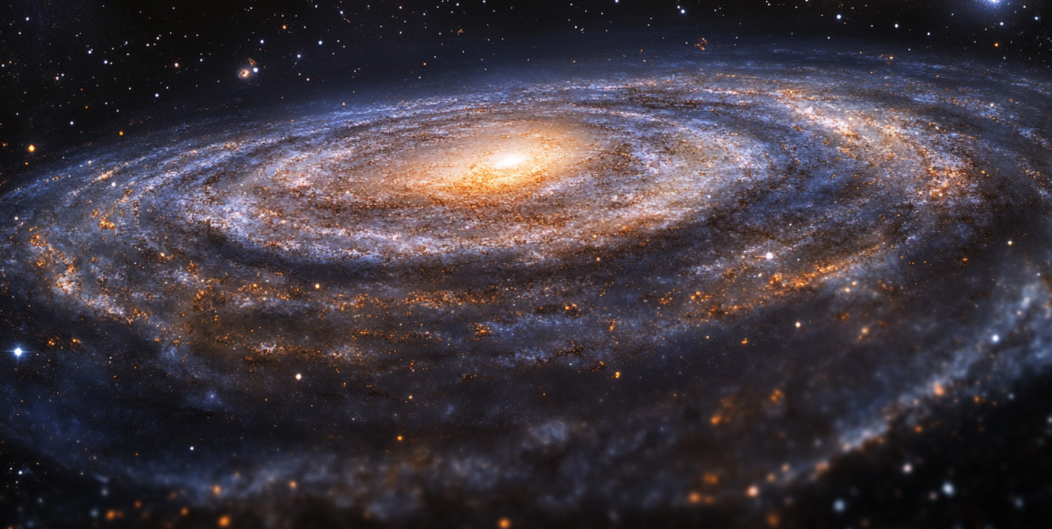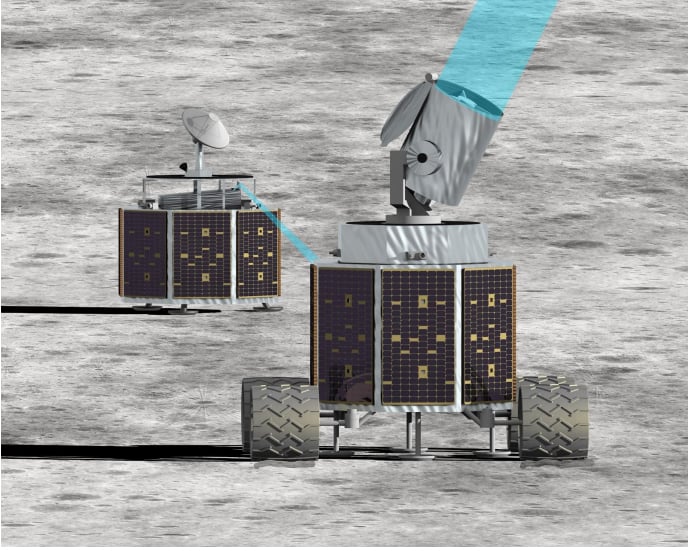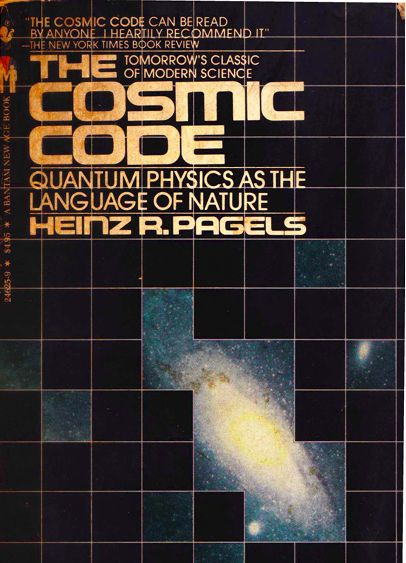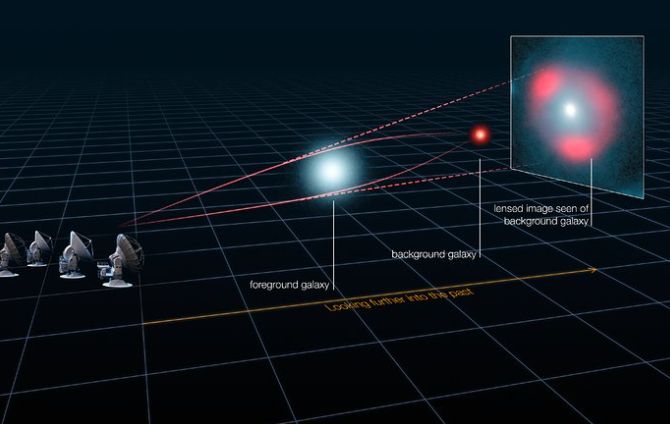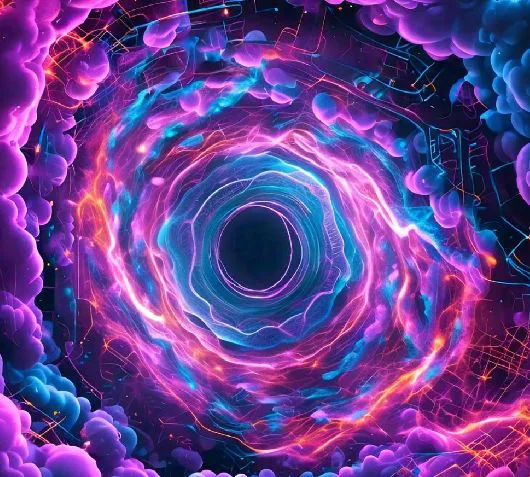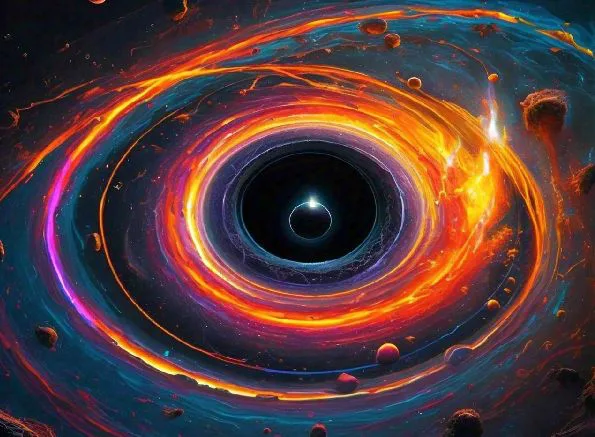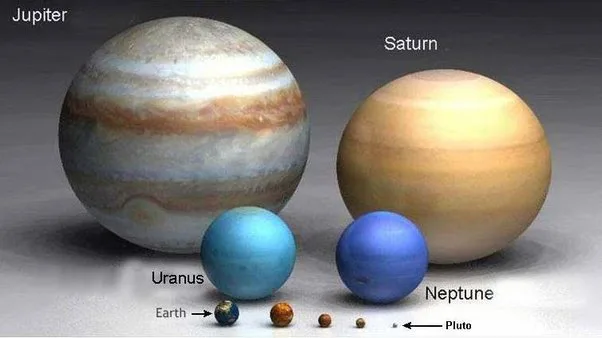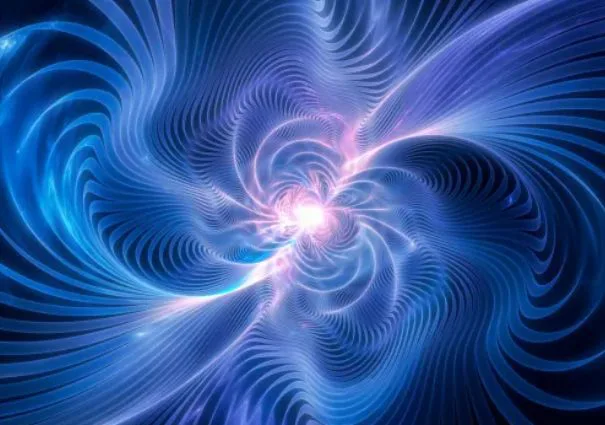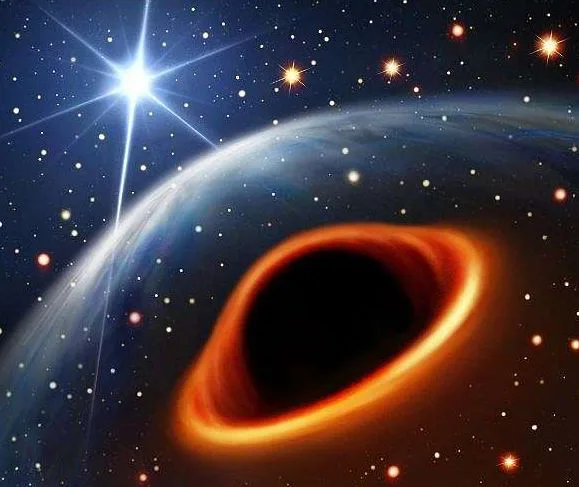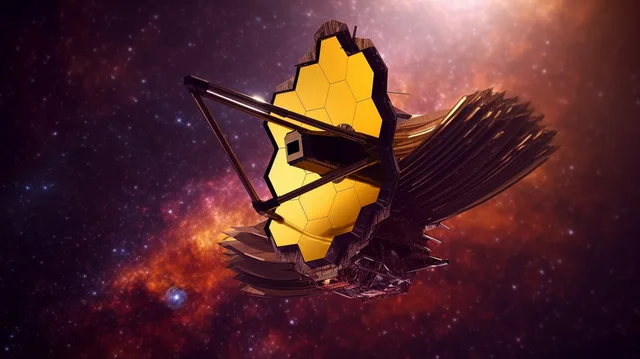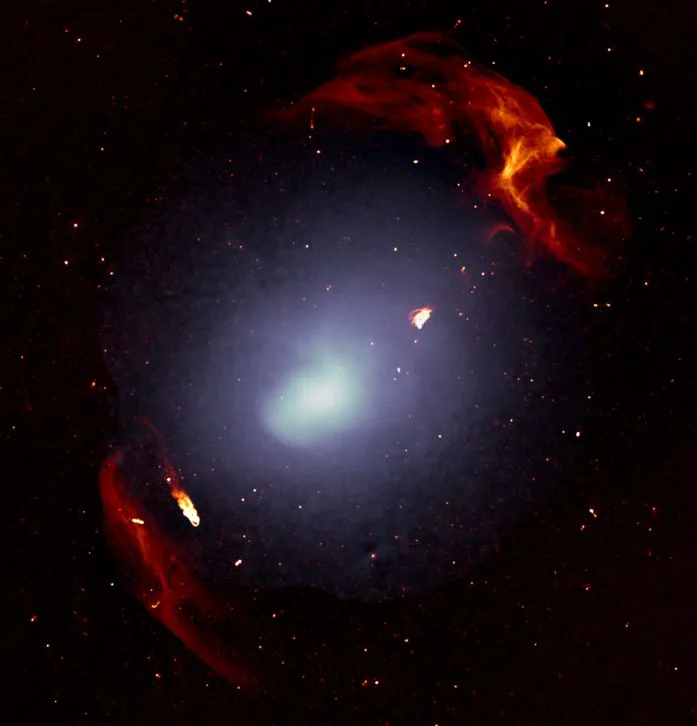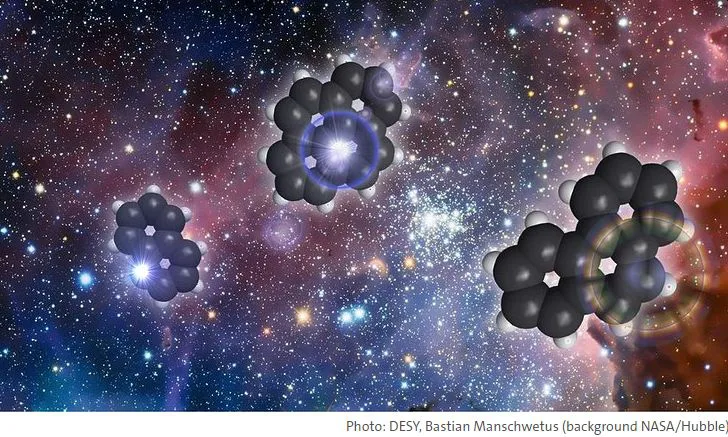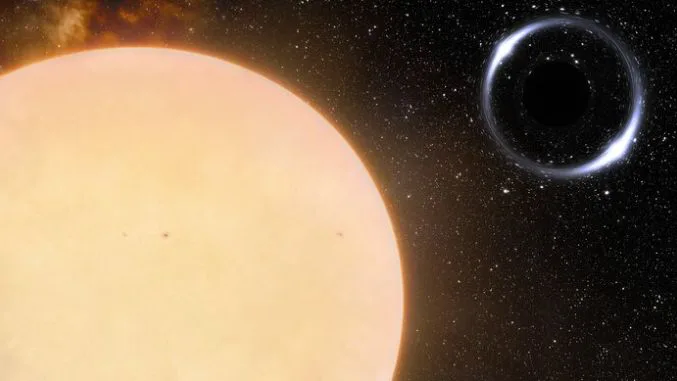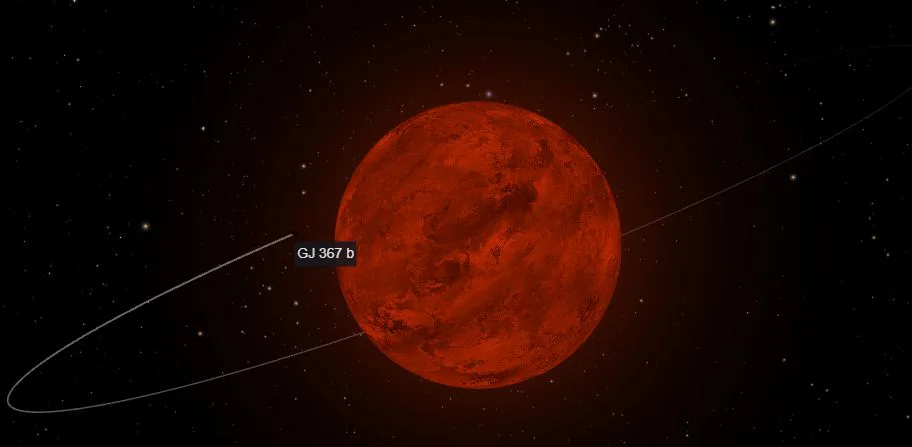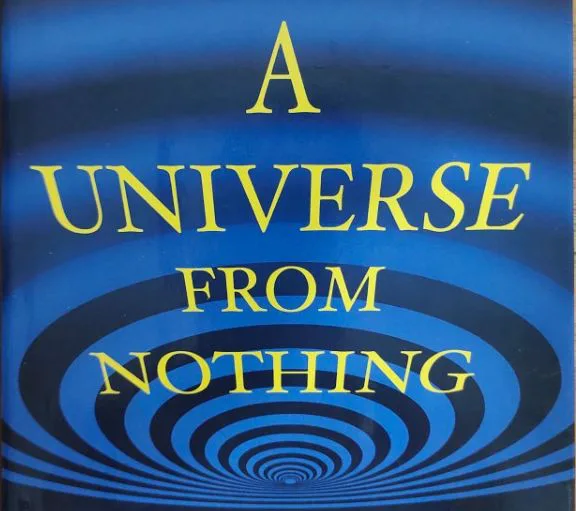We understand dark matter and dark energy as those invisible things in space that we can’t see but know are out there. As per the scientists dark matter helps hold galaxies together, and dark energy is somehow making the universe expand faster.
Read MoreTag: universe
Artemis-Enabled Stellar Imager: A Lunar Telescope Array to Unveil the Secrets of Stars and Black Holes
Imagine building a huge group of telescopes on the Moon, where there’s no air or weather to interfere, allowing us to see further into space than we ever could before. That’s the idea behind the Artemis-enabled Stellar Imager (AeSI), a proposed lunar interferometer designed to reveal what’s happening on the surfaces of stars and deep inside active galactic nuclei (AGN). A team led by Dr. Kenneth Carpenter at NASA’s Goddard Space Flight Center recently completed a nine-month feasibility study, and their findings suggest that this ambitious idea is not just…
Read MoreBook Review: The Cosmic Code by Heinz R. Pagels
The Cosmic Code: Quantum Physics as the Language of Nature by Heinz R. Pagels talks about the discoveries that have happened in physics in terms of the structure of matter, the universe’s origins and the nature of quantum reality. It was first published in 1982. The book highlights the importance of scientific discoveries for our understanding of the universe and our place within it. All the complex ideas are clearly explained combined with author’s personal reflections. And at the culmination, the author has beautifully presented a case of science running…
Read MoreEarly Universe Structures Found by JWST: Cosmic Revelations
The James Webb Space Telescope (JWST) has revolutionized our understanding of the early universe, particularly with its discoveries in 2024. The objects that have been discovered have revealed properties and structures that challenges our current understanding of cosmic theories. These groundbreaking findings, many made possible by the phenomenon of gravitational lensing, have opened new avenues of research into how the earliest galaxies and stars formed.
Read MoreAI Revolution: Detecting Unseen Gravitational Waves with Deep Learning
Somewhere in 1916, Albert Einstein figured out his theory about gravity that there are waves in the fabric of spacetime. Also known as ripples. Since then, scientists have been working out what these waves would look like in a few basic situations, like merging of two black holes.
Read MoreBlack Hole Mergers: Dark Matter Might Be the Missing Link
Launched in 1977, Voyager 1 is one of the farthest probes that we’ve sent so far. As of July 2024, it’s a whopping 24.4 billion kilometers away from Earth, making it the most distant human-made object ever. Yet, there are things in the space that we have absolutely zero clue. Yes, I’m referring to – Dark Matter. Dark matter helps slow the black holes down and lets them come together for supermassive black hole mergers, at least the recent research says so. Typically elusive, this invisible matter seems to play…
Read MorePlanetary Puzzle: Aquodiium Ions may Influence Uranus and Neptune’s Magnetic Fields
Scientists from Skoltech and their Chinese colleagues have discovered conditions that might allow for the existence of a unique ion called aquodiium. This ion is essentially a water molecule that has gained two extra protons. This means, the “regular” H₂O formula with two additional protons (H⁺), will make its chemical formula H₅O²⁺.
Read MoreAnalyzing Pulsars: To Detect Subnanohertz Gravitational Waves
Detecting gravitational waves have always been a challenging task. It is caused due to high energetic events, like colliding black holes or neutron stars. And so, the phenomenon is like ripples on the fabric of space-time. By the time, this effect reaches us (from deep space), the signals become extremely weak. And hence, too faint to detect.
Read MoreCosmic Conundrum in the Milky Way: Lightest Black Hole or Heaviest Neutron Star
Exciting news from the cosmos! Astronomers from around the world, including the brains at The University of Manchester and the Max Planck Institute for Radio Astronomy in Germany, have stumbled upon an unknown object in the Milky Way. The newly discovered object is heavier than the heaviest neutron stars we know. And lighter than the lightest black holes we’ve seen. The team used the MeerKAT Radio Telescope, to spot this mysterious object. This celestial entity is in orbit around a high-speed millisecond pulsar, situated around 40,000 light years away in…
Read MoreAstronomers Pinpoint Oldest Known Black Hole: Time-Traveling with Telescopes
Recently, astronomers have detected a super-old black hole, which is devouring its galaxy. It is dated back to the earliest black hole ever. It’s like the ultimate space buffet for the oldest black hole. Researchers at the University of Cambridge, unleashed the NASA/ESA/CSA James Webb Space Telescope (JWST) to spot this ancient black hole. The gravity well is chilling out 400 million years post-Big Bang, that is, over 13 billion years back.
Read MoreGalactic Breakthrough: Abell 2108 Reveals Its Second Radio Relic
Indian and Taiwanese astronomers recently upgraded Giant Metrewave Radio Telescope (uGMRT) to snoop around the galaxy cluster Abell 2108. And guess what? They stumbled upon a second, way bigger radio relic that’s like, totally different from the first one they knew about in the same cluster.
Read MoreMeteorites Unveiled as Earth’s Nitrogen Messengers
Tiny meteorites from the icy outer reaches of the Solar System might be the reason nitrogen ended up near Earth. Yes, we are talking about the early days of our solar system. A team of scientists from the University of Hawai’i at Manoa along with Kyoto University and others from around the globe recently published their discovery in Nature Astronomy.
Read MoreBlack holes in the Hyades Star Cluster
In an international collaboration between astronomers from University of Padua (Italy), the Institute of Cosmos Sciences of the University of Barcelona (ICCUB) and the Institute of Space Studies of Catalonia (IEEC), there are indications that multiple black holes might exist within the Hyades cluster.
Read MoreNew Exoplanets Discovered in GJ 367: A Cosmic Surprise
In an effort to explore the mysterious GJ 367 planetary system, an international team of astronomers embarked on a dynamic quest. Armed with the High Accuracy Radial velocity Planet Searcher (HARPS), they set out to unravel the secrets hidden in the vastness of space.
Read MoreBook Review: A Universe from Nothing by Lawrence M. Krauss
A Universe from Nothing: Why There Is Something Rather than Nothing is a voyage to the forefront of cosmology. The book is written by acclaimed physicist Lawrence M. Krauss and was published in 2012. Krauss has beautifully blended his observational prowess, theoretical ingenuity, and technological advancements while framing the concepts and notions in his book. The idea that the universe emerged from random quantum fluctuations is, indeed, fascinating.
Read More
